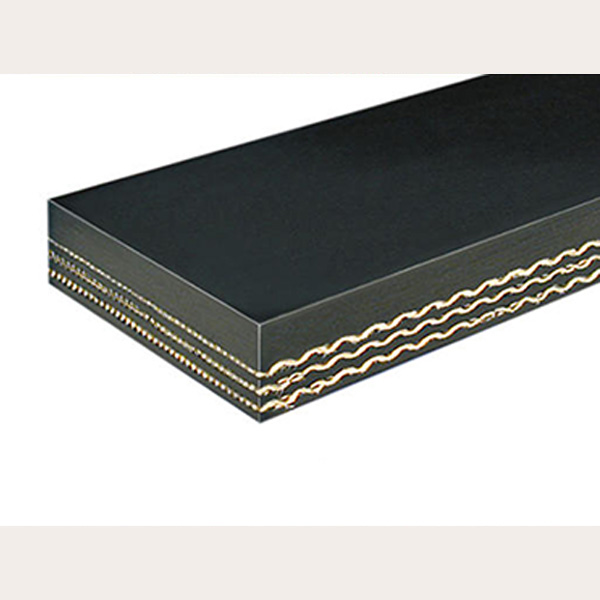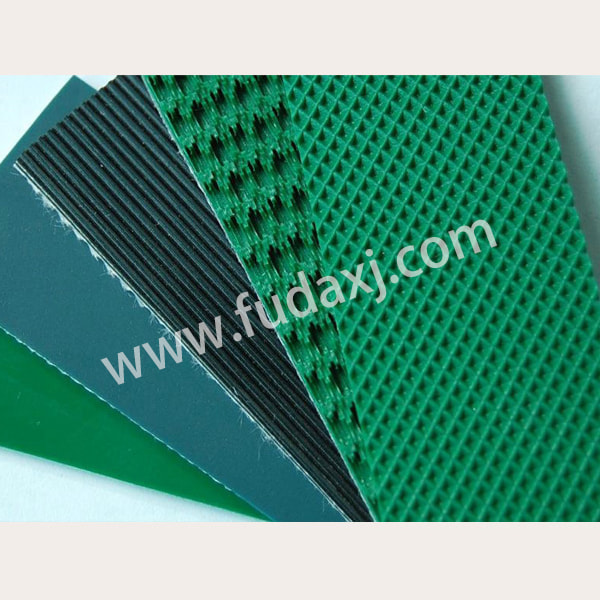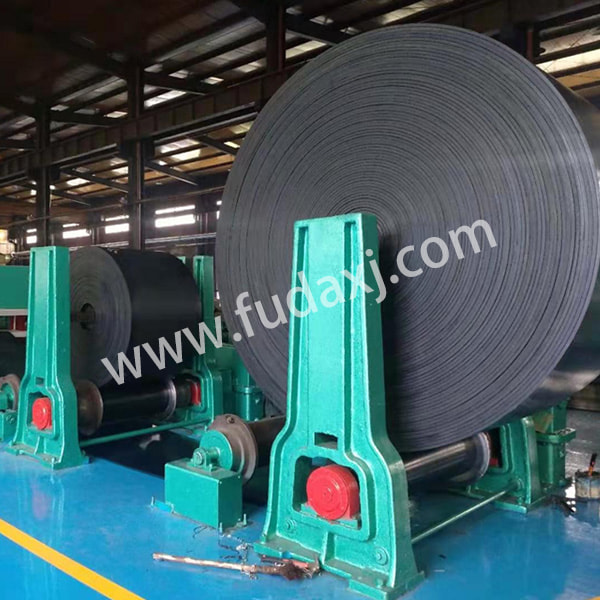
Sale Cement Conveyor Belts Manufacturing Supplier Maker
The construction industry is a cornerstone of modern society, and the production and transportation of cement are critical components of this sector. Cement conveyor belts play a vital role in the efficient and safe movement of cement from production facilities to construction sites.
Cement is a fundamental material in the construction of buildings, roads, bridges, and other infrastructure. The demand for cement is high, and the process of transporting it from the manufacturing plant to the construction site must be efficient to meet the needs of the industry. Conveyor belts are an integral part of this process, offering a continuous, reliable, and cost-effective method of transportation.
Conveyor belts used in the cement industry are designed to withstand the harsh conditions associated with the handling of abrasive materials. They are typically made from durable materials such as rubber, fabric, or metal, which provide strength and resistance to wear and tear. The belts are reinforced with multiple layers of fabric or steel cords to ensure they can handle heavy loads without breaking.
The drive system of a conveyor belt consists of a motor, a drive pulley, and a take-up device. The motor powers the drive pulley, which in turn moves the belt. The take-up device is used to adjust the tension of the belt, ensuring it operates smoothly and does not slip.
Modern conveyor belts are equipped with sophisticated control systems that allow for precise regulation of speed and direction. These systems can be automated, allowing the conveyor belt to operate with small human intervention, reducing the risk of human error and increasing efficiency.
One of the primary benefits of using conveyor belts in the cement industry is the increased efficiency they offer. Conveyor belts can transport large quantities of cement in a continuous flow, reducing the need for multiple trips and the associated downtime.
The use of conveyor belts also enhances safety on construction sites. By moving cement off-site and away from the construction area, the risk of accidents due to manual handling is significantly reduced.
Conveyor belts are a cost-effective solution for the transportation of cement. The initial investment in a conveyor system may be high, but the long-term savings in labor and transportation costs can be substantial.
Conveyor belts can also contribute to environmental sustainability. By reducing the need for multiple transportation vehicles, they help to lower carbon emissions and reduce the overall environmental impact of the construction process.
One of the challenges associated with conveyor belts is the need for regular maintenance. The belts must be inspected for wear and tear, and any damage must be repaired promptly to prevent failures. Regular maintenance also includes cleaning the belts to remove any cement residue, which can affect the belt's performance.
To address the challenges faced by conveyor belts, the industry is continually innovating. New materials are being developed to increase the durability and lifespan of conveyor belts. Additionally, advancements in sensor technology are being integrated into conveyor systems to provide real-time monitoring of belt performance and to predict potential issues before they become critical.
Cement conveyor belts are a vital component of the construction industry, providing an efficient, safe, and cost-effective method of transporting cement from production facilities to construction sites. As the industry continues to evolve, so too will the technology and materials used in conveyor belts, ensuring they remain a reliable and integral part of the construction process.
 English
English 简体中文
简体中文 Español
Español عرب
عرب
 English
English





 Fax: 0086-576-83019528
Fax: 0086-576-83019528